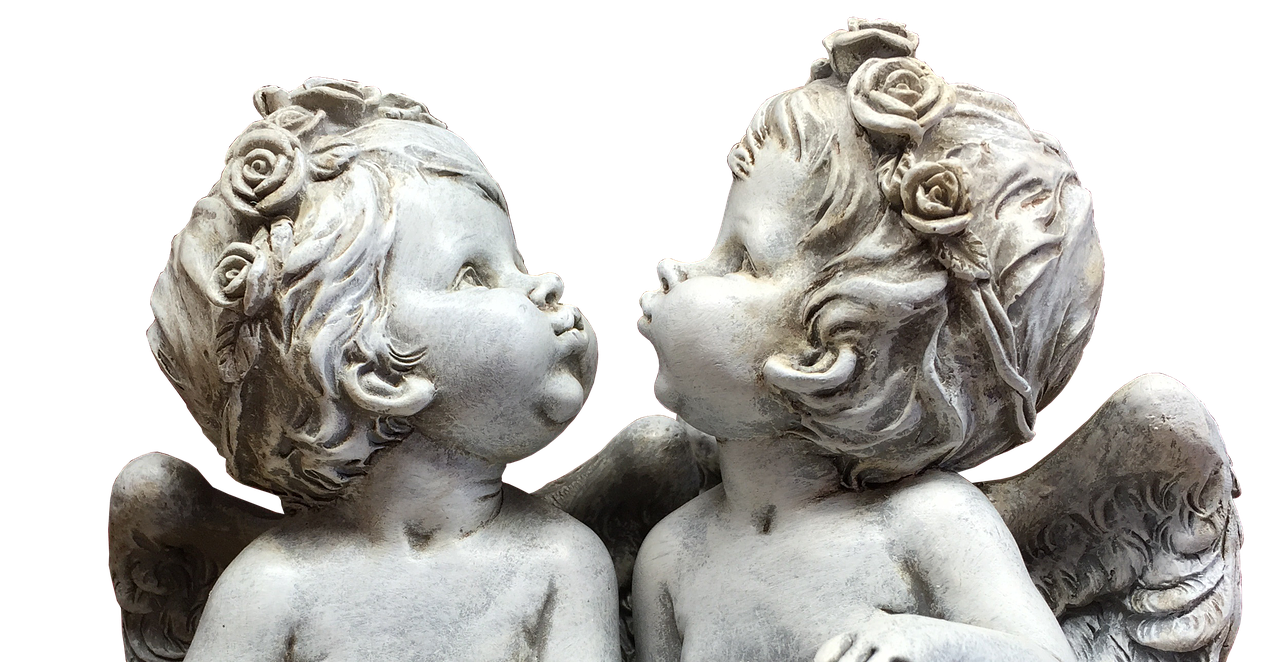キスをすると口の中の細菌は一時的に相手の口に移動するが、定着することはほとんどないという結論が報告されています。
| Shaping the oral microbiota through intimate kissing 親密なキスを通して口腔微生物叢を形作る Remco Kort et al. Microbiome.2014 Nov 17;2:41.doi:10.1186/2049-2618-2-41.eCollection 2014. |
背景(Background)
人体に関連する微生物群集の変動は、人間の遺伝子構成、食事、年齢、環境、性的行動など、多くの要因が原因となる可能性があります。
この研究では、21組のカップルの口腔内微生物叢に対する親密なキスの影響を、過去のキス行動に関する自己管理アンケートと、制御されたキス実験における舌と唾液の微生物叢サンプルの評価によって調査しました。
さらに、2回目の親密なキスの前に、パートナーの1人がプロバイオティクスヨーグルトドリンクを摂取して導入したマーカー細菌を使用して、親密なキス中に交換された細菌の数を定量化しました。
The variation of microbial communities associated with the human body can be the cause of many factors, including the human genetic makeup, diet, age, surroundings, and sexual behavior. In this study, we investigated the effects of intimate kissing on the oral microbiota of 21 couples by self-administered questionnaires about their past kissing behavior and by the evaluation of tongue and salivary microbiota samples in a controlled kissing experiment. In addition, we quantified the number of bacteria exchanged during intimate kissing by the use of marker bacteria introduced through the intake of a probiotic yoghurt drink by one of the partners prior to a second intimate kiss.
結果(Results)
微生物群集の類似性指標は、平均的なパートナーが、無関係な個体と比較して、口腔微生物叢の組成がより類似しており、舌の表面に関連する群集の群を抜いて最も類似していることを示しています。
親密なキスをしても、パートナー間の口腔内微生物叢の平均類似性が大幅に増加することはありませんでした。
ただし、カップルの唾液微生物叢の類似性指標と自己申告のキス頻度との間の明確な相関関係が観察され、報告された時間は最新のキス後に経過しました。
細菌移動の制御実験では、ほとんどのキスレシーバーでプロバイオティクスの乳酸菌とビフィズス菌のマーカー細菌を特定しました。
これは、親密なキス10秒あたりの平均細菌移動数が8,000万に相当します。
Similarity indices of microbial communities show that average partners have a more similar oral microbiota composition compared to unrelated individuals, with by far most pronounced similarity for communities associated with the tongue surface. An intimate kiss did not lead to a significant additional increase of the average similarity of the oral microbiota between partners. However, clear correlations were observed between the similarity indices of the salivary microbiota of couples and self-reported kiss frequencies, and the reported time passed after the latest kiss. In control experiments for bacterial transfer, we identified the probiotic Lactobacillus and Bifidobacterium marker bacteria in most kiss receivers, corresponding to an average total bacterial transfer of 80 million bacteria per intimate kiss of 10 s.
結論(Conclusions)
この研究は、共通の唾液マイクロバイオータが頻繁かつ最近の細菌交換を必要とするため、比較的親密なキス頻度が高いカップルで最も顕著であることを示しています。
舌の背側のマイクロバイオータは無関係の個人よりもパートナー間で類似していますが、その類似性はキス行動と明確に相関しておらず、ホストからの共有ライフスタイル、環境、または遺伝的要因に起因する特定の選択メカニズムが重要な役割を果たしていることを示唆しています。
さらに、私たちの調査結果は、パートナー間の集団細菌の一部が一時的にしか存在しないことを示しましたが、舌の表面に真のニッチを見つけ、長期的なコロニー形成を可能にしている場合もあると考えられます。
This study indicates that a shared salivary microbiota requires a frequent and recent bacterial exchange and is therefore most pronounced in couples with relatively high intimate kiss frequencies. The microbiota on the dorsal surface of the tongue is more similar among partners than unrelated individuals, but its similarity does not clearly correlate to kissing behavior, suggesting an important role for specific selection mechanisms resulting from a shared lifestyle, environment, or genetic factors from the host. Furthermore, our findings imply that some of the collective bacteria among partners are only transiently present, while others have found a true niche on the tongue’s surface allowing long-term colonization.
| 歯周病の新常識 小西昭彦 阿部出版 |
歯科治療の新常識 小西昭彦 阿部出版 |

